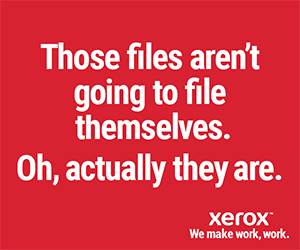
Robotic process automation (RPA) has become increasingly familiar to executives as businesses seek to increase productivity, reduce costs and bolster their resilience to face unanticipated disruptions. When most people talk about RPA, though, they are referring to unattended automation—technology that automates processes end-to-end that don’t require any human intervention. But the vast majority of business processes do require the involvement of humans along the way. To automate these processes, and to deal with the real-world challenges that often accompany humans, many businesses are exploring “attended automation.”
A new white paper from RPA Today and NICE explores the challenges surrounding attended automation (especially in the contact center environment) and details some of the things organizations must consider when implementing attended automation.
In True Attended Automation: What Matters Most?, authors cited recent research showing that as attended automation users gained more experience with the technology, their priorities changed. New users though productivity, cost savings and operational efficiency were the biggest factors driving adoption of the technology. But as they gained more experience, while productivity remained a top concern, employee experience and customer satisfaction were the other most important benefits of attended automation.
“Organizations engaged in digital transformation efforts understand the opportunities for unattended RPA implementations are limited. If the universe of processes that integrate humans is open to automation too, many of the benefits of unattended automation can be applied to some extent to those processes,” the authors wrote. “Other more strategic goals, such as employee and customer satisfaction, are also served by attended automation in ways that open up more opportunities for the organization to leverage automation for use cases requiring humans in the loop, and benefit even more from their investment in RPA.”


